1. Ants
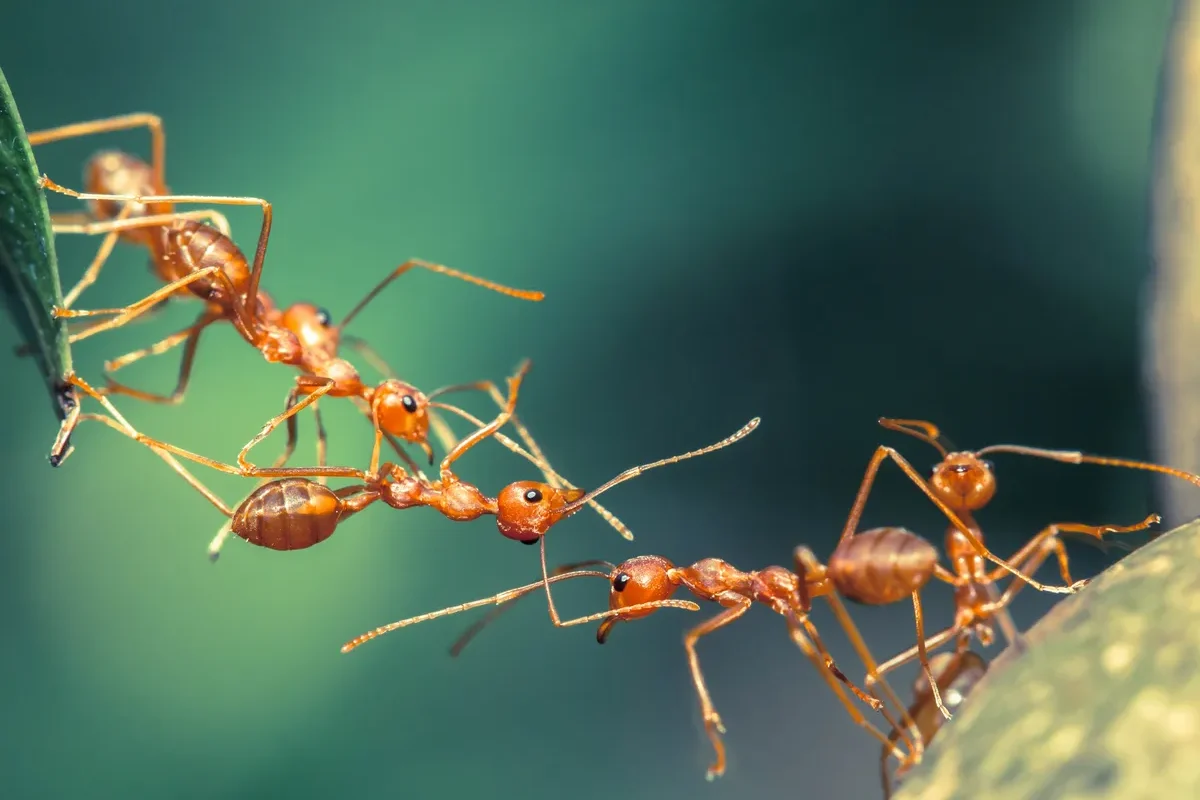
Sometimes it is easy to forget that cities are living places filled with tiny helpers that never ask for attention. Urban ants are one of the most overlooked members of this hidden team. They clean up crumbs, break down leaves and help air reach the soil beneath parks and sidewalks. Their small tunnels create pockets that roots use to breathe and grow stronger. When they move seeds from place to place they help new plants find space to sprout. They may look ordinary but they keep neighborhoods cleaner and greener in ways most people rarely notice or fully appreciate.
2. Bees

When you look closely at a flower patch by a café or a rooftop garden buzzing quietly above the streets there is a good chance bees are working their magic. These little workers help plants grow by carrying pollen between blossoms while searching for nectar. They support community gardens and farmers markets by keeping vegetables and herbs productive. Many people think bees only belong in the countryside but they adapt beautifully to city life. Their steady routine helps soften the concrete feel of crowded places and reminds us that nature continues to move gracefully even among tall buildings.
3. Pigeons

People often joke about pigeons acting like they own the sidewalks, but they actually play a surprising role in city maintenance. They pick at leftover crumbs and bits of food that would otherwise pile up and attract pests. As they wander from street corners to plazas, they scatter seeds that land in forgotten corners where new plants may eventually grow. They offer companionship to parks that might feel too quiet without their gentle cooing. Even though they blend into the background they help cities stay cleaner and livelier and they quietly support the small scraps of nature tucked between buildings.
4. Squirrels
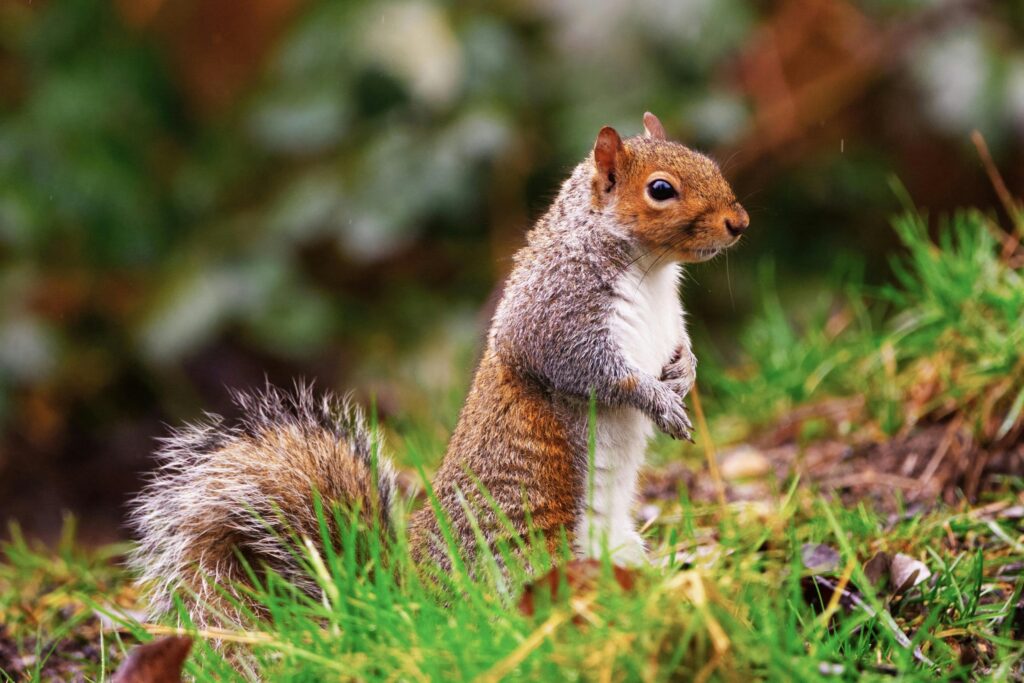
If you spend time in a park, you have probably seen a squirrel racing across a bench or hopping between branches with impressive confidence. They bury nuts in scattered spots which helps trees spread into areas they could not reach alone. Their digging loosens the soil and their movement shapes small wildlife paths other creatures often use. Squirrels also eat insects that could bother young plants trying to survive crowded spaces. They add a playful spark to green areas and their simple routines help keep parks healthy for families who visit for morning walks or peaceful afternoon breaks.
5. Bats
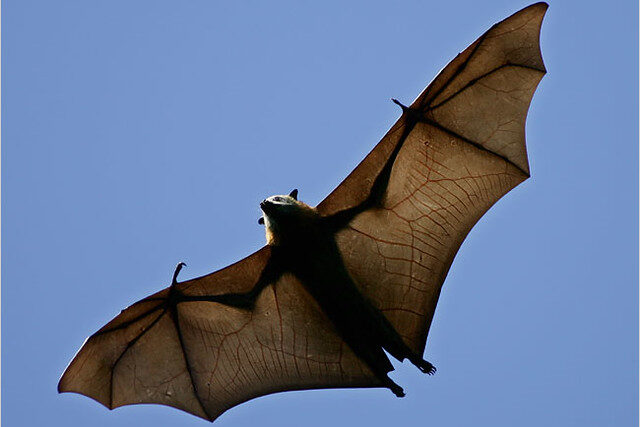
When the sun sets and the noise from busy streets begins to fade bats quietly appear in the night sky. They glide above alleys parks and rivers searching for mosquitoes and other flying insects. By eating so many bugs they make warm nights more comfortable for people enjoying outdoor gatherings. Their presence helps neighborhoods avoid swarms that would otherwise settle near lights and water. Many people never notice them but their gentle rhythm keeps certain pests under control. They also add a mysterious beauty to evening skies reminding us that nighttime has its own team working behind the scenes.
6. Stray Cats
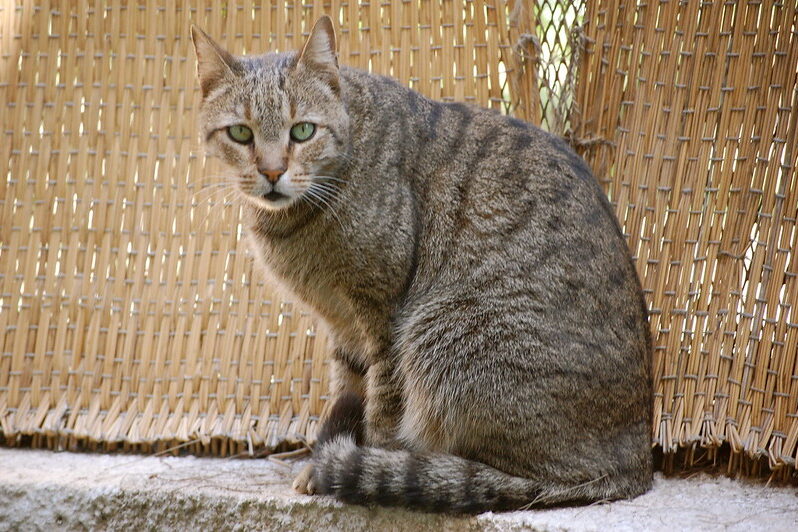
You may spot a cat slipping between fences or resting on a warm pavement block and think it is simply relaxing. However stray cats often keep rodent numbers in check especially in crowded markets and older buildings. Their presence alone discourages mice from settling in places where food is stored. This natural balance helps protect small shops and homes without requiring constant human effort. Although they can seem independent they contribute quietly to city comfort. They help reduce small disturbances that could grow into larger issues and they blend into the rhythm of daily life with calm steady influence.
7. Dogs

Dogs are loved for their company but they also help cities in unexpected ways. As they walk through parks with their owners seeds cling to their fur and fall off in new places. This gentle scattering helps plants spread naturally through green spaces. Their presence also encourages people to visit parks more often which leads to cleaner paths and healthier vegetation. Dogs bring warmth to neighborhoods where life can feel rushed or crowded. Even simple moments like wagging tails near benches help build community spirit. Their routine strolls support both nature and human connection in a quiet gentle partnership.
8. Ducks

City ponds and rivers often look peaceful because ducks and other water birds work constantly behind the scenes. They eat algae insects and bits of plant matter that would otherwise overwhelm the water. Their movement keeps small waterways from becoming stagnant and their feeding habits help maintain a healthier balance for fish and other creatures. Families enjoy watching them glide across the surface but few realize how much cleaning they do without trying. Their presence makes parks more enjoyable and their daily routine keeps urban water from losing clarity. They bring calm energy whenever people gather near the shoreline.
9. Frogs
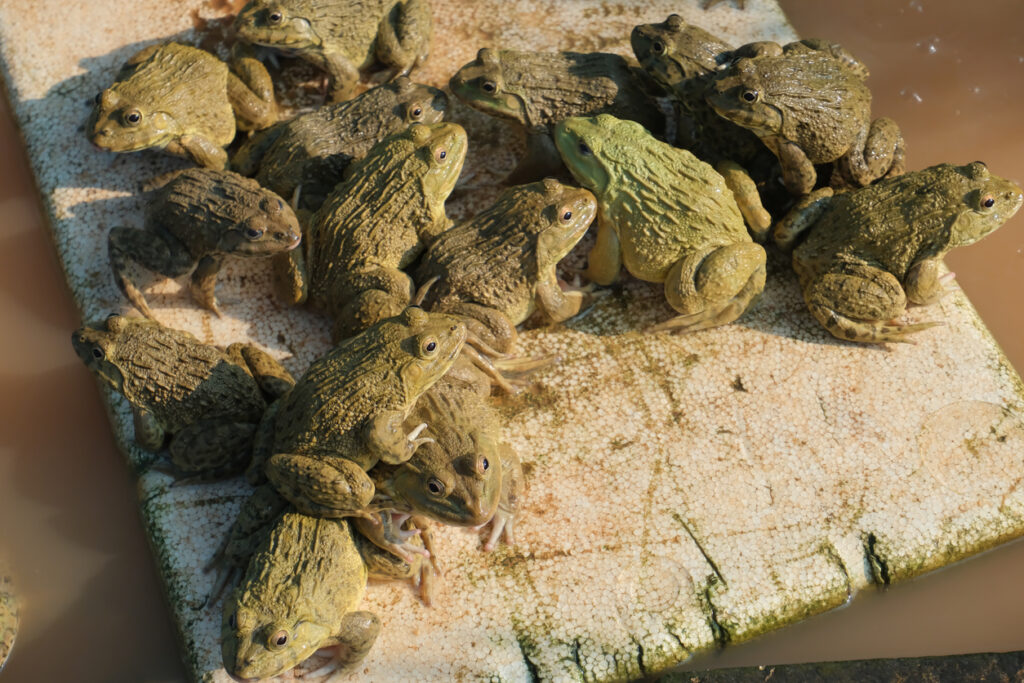
In some city wetlands and park ponds frogs quietly manage insect populations. Their evenings are spent catching mosquitoes and small bugs that breed near shallow water. With fewer insects around people can enjoy summer strolls or picnics without constant buzzing. Frogs also signal that a pond or stream is healthy because they thrive where water stays clean enough for their delicate skin. They add a natural soundtrack to warm nights and bring a sense of calm to people walking nearby. Their steady presence shows that even simple creatures help cities feel more livable and balanced in gentle important ways.
10. Fish

Fish living in urban rivers and ponds do more than swim peacefully. They eat decaying leaves insects and tiny plants that would clog waterways over time. By staying active they help keep water moving naturally which reduces the need for constant cleanup. Their patterns attract birds that delight park visitors and their movement adds life to spaces that could otherwise feel dull. Watching fish swirl near the surface can calm busy minds and remind people that nature still exists within city limits. Their steady activity supports the quiet rhythm of urban waters even if most people never stop to notice.
11. Butterflies

When a butterfly drifts through a city garden it brings a gentle kind of magic. These delicate insects help pollinate flowers while searching for nectar and they add soft color to busy streets. Their presence shows that plants are thriving and that nearby soil and water are supporting life. Butterflies also inspire people to plant more flowers which creates a cycle that strengthens urban biodiversity. Their fluttering movement encourages small bursts of joy during commutes or lunch breaks. They brighten ordinary days and help remind us that even simple creatures can lift the mood of a neighborhood with little effort.
12. Moths

Moths take over pollinating duties when the daytime workers settle down to rest. They visit flowers that bloom later in the day and help plants survive in areas where few insects remain awake. Their nighttime activity quietly supports gardens and tree lines across the city. Most people never see their contribution because moths prefer shadows and calm spaces but they keep blooming cycles steady. Their soft flicker around streetlights hints at hidden tasks happening after dark. They help connect daylight ecosystems to nighttime rhythms and they support a flow that continues long after most people have finished their daily routines.
13. Earthworms

Beneath the surface of parks and sidewalks earthworms are constantly improving city soil. They pull leaves underground break them into smaller pieces and release nutrients plants need to grow. Their tunnels allow air and water to move through compacted ground which helps tree roots stay healthy. Without them many green spaces would struggle to stay vibrant during dry months. Even though they are invisible to most people their steady work supports every patch of green that survives in crowded areas. They are among the most reliable helpers in the city and their quiet rhythm keeps nature functioning smoothly.
14. Ladybugs
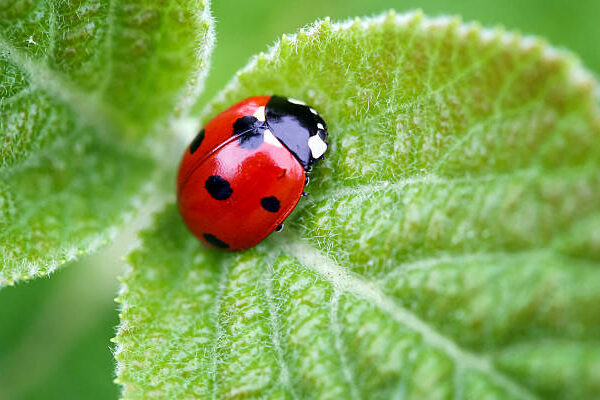
Ladybugs might be small, but they are dedicated protectors of city vegetation. They love eating aphids and other tiny pests that damage leaves and flowers. When ladybugs settle in a garden, they often prevent entire clusters of plants from wilting. This natural control reduces the need for chemicals that could harm soil or nearby creatures. People enjoy seeing them because they symbolize good luck and their bright colors add charm to any park or balcony garden. Their work keeps greenery strong even in areas surrounded by traffic and noise and they help cities maintain pockets of natural comfort.
15. Spiders

Many people shy away from spiders but in cities they play a helpful role by catching insects that gather around buildings lights and gardens. Their webs act like natural filters collecting flies and mosquitoes that might otherwise become bothersome. They rarely bother humans and prefer quiet corners where they can focus on hunting. Spiders help reduce pest problems and keep small ecosystems stable. Although they can surprise people their presence signals that a natural balance is forming even in tight urban spaces. They help the city feel cleaner and calmer in ways that often go unnoticed until their work makes a difference.
16. Snails

On rainy mornings you may see snails gliding slowly across sidewalks or hiding under leaves near gardens. Their peaceful movement helps spread fungi and bacteria that break down plant matter and feed the soil. They also help soften stiff ground by moving through damp layers and mixing organic materials together. Snails play a part in ensuring that city plants receive the nutrients they need to stay green and resilient. Their slow routine creates a gentle reminder that progress does not always need speed. Even in crowded cities they hold a steady place in maintaining the natural cycle of growth.
17. Lizards

Lizards often appear near warm walls and quiet corners where sunlight lingers. They feed on insects that hide near cracks and shaded edges which helps reduce pests around homes and small shops. Their quick movements keep them safe from predators and their presence adds a touch of life to areas that might feel dull. Lizards help maintain a balance by controlling bug populations naturally and they adapt well to city structures. They blend into the environment so seamlessly that many people overlook their contribution yet their simple habits quietly support healthier surroundings and more comfortable living spaces for everyone nearby.
18. Raccoons

Raccoons are curious and clever creatures that often explore bins and alleyways searching for leftover food. While their nighttime visits can cause a little noise they also help clear away scraps that would draw more troublesome pests. Their natural scavenging keeps organic waste from piling up and they contribute to cleaning areas people may forget. Raccoons adapt easily to human environments and navigate narrow city spaces with surprising skill. Their presence creates a unique link between wildlife and everyday life and even though they work at their own pace they help maintain a quiet balance after most people fall asleep.
19. Crows
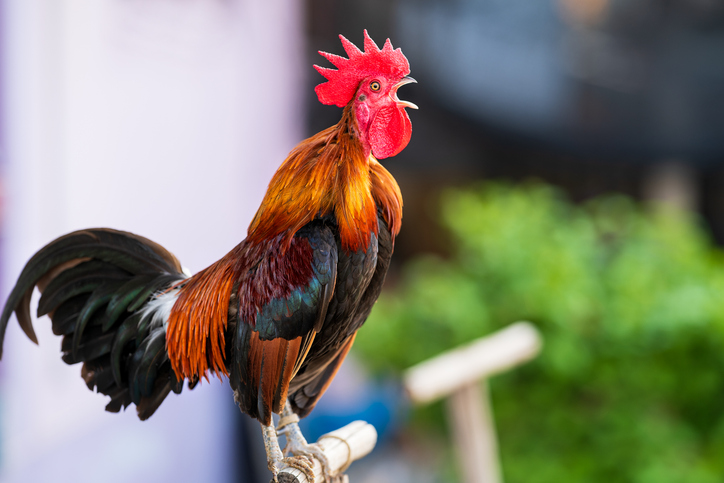
Crows are intelligent birds with sharp eyes that scan for food across rooftops parks and parking lots. They pick up crumbs and small leftovers that would clutter public spaces and they help control insect numbers by hunting bugs drawn to trash. Their problem solving skills also allow them to adapt to traffic patterns and human routines which makes them effective cleaners of busy areas. Although they sometimes gather loudly their group activity keeps neighborhoods tidier than many people realize. Their steady efforts add order to daily life and their familiar calls add character to mornings that might otherwise feel too quiet.
20. Horses
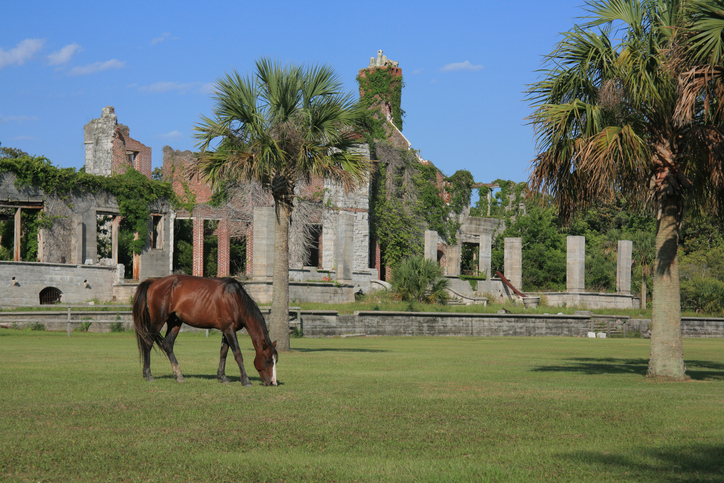
In some cities horses remain part of ceremonial events mounted patrols and community programs that bring people together. They help law enforcement navigate crowded streets calmly and they offer a sense of comfort to visitors during festivals and celebrations. Horses also graze in certain green areas which helps maintain landscapes without heavy machines. Their presence bridges the past and present reminding people that nature can share space with tall buildings. Watching them move with quiet strength encourages reflection. They tie the entire list together by showing how animals contribute to city life in steady ways that shape our shared environment.
This story 20 Animals That Keep Cities Running Without Credit was first published on Daily FETCH


